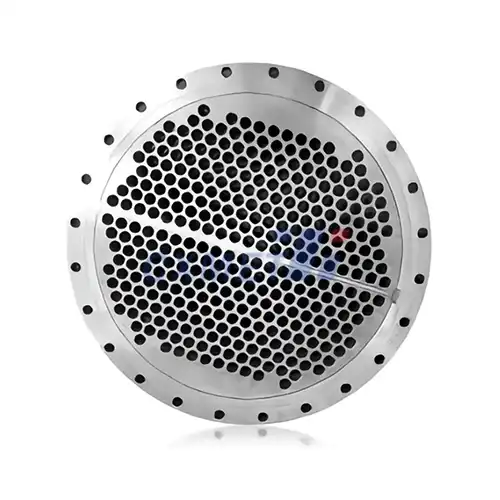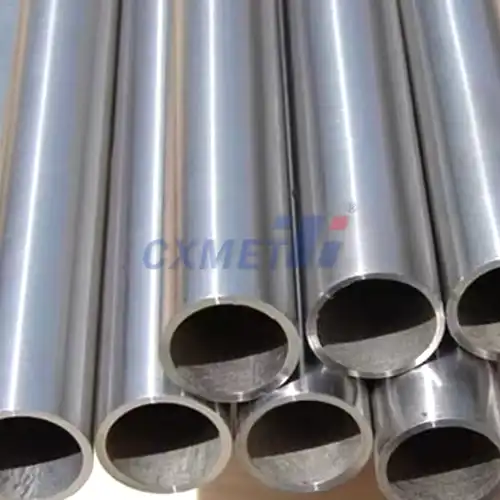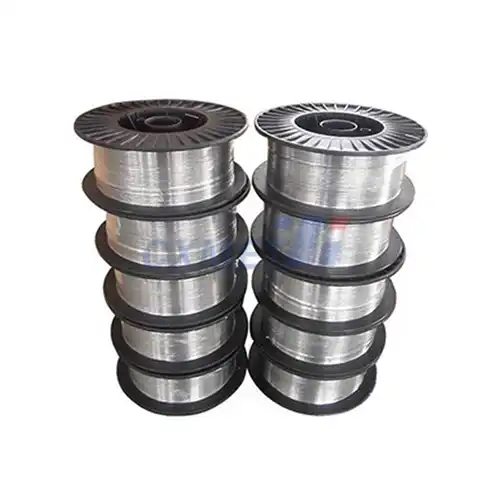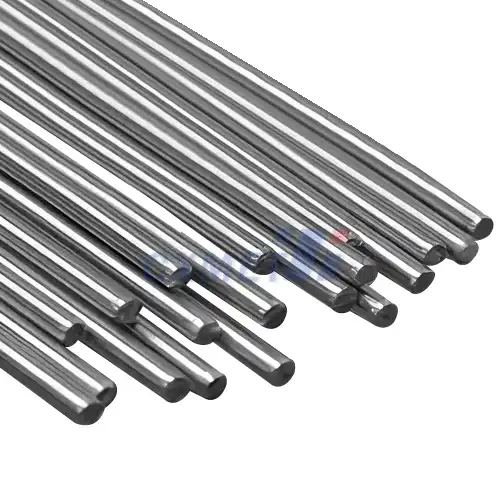- English
- French
- German
- Portuguese
- Spanish
- Russian
- Japanese
- Korean
- Arabic
- Greek
- German
- Turkish
- Italian
- Danish
- Romanian
- Indonesian
- Czech
- Afrikaans
- Swedish
- Polish
- Basque
- Catalan
- Esperanto
- Hindi
- Lao
- Albanian
- Amharic
- Armenian
- Azerbaijani
- Belarusian
- Bengali
- Bosnian
- Bulgarian
- Cebuano
- Chichewa
- Corsican
- Croatian
- Dutch
- Estonian
- Filipino
- Finnish
- Frisian
- Galician
- Georgian
- Gujarati
- Haitian
- Hausa
- Hawaiian
- Hebrew
- Hmong
- Hungarian
- Icelandic
- Igbo
- Javanese
- Kannada
- Kazakh
- Khmer
- Kurdish
- Kyrgyz
- Latin
- Latvian
- Lithuanian
- Luxembou..
- Macedonian
- Malagasy
- Malay
- Malayalam
- Maltese
- Maori
- Marathi
- Mongolian
- Burmese
- Nepali
- Norwegian
- Pashto
- Persian
- Punjabi
- Serbian
- Sesotho
- Sinhala
- Slovak
- Slovenian
- Somali
- Samoan
- Scots Gaelic
- Shona
- Sindhi
- Sundanese
- Swahili
- Tajik
- Tamil
- Telugu
- Thai
- Ukrainian
- Urdu
- Uzbek
- Vietnamese
- Welsh
- Xhosa
- Yiddish
- Yoruba
- Zulu
What is the Size Range of Molybdenum Tubes?
2025-04-01 14:01:28
Molybdenum tubes are essential components in various industries, known for their high melting point, excellent thermal conductivity, and resistance to corrosion. These tubes come in a wide range of sizes to accommodate different applications and requirements. The size range of molybdenum tubes typically varies from small-diameter precision tubes to larger industrial-scale pipes. In this blog post, we'll explore the diverse size range of molybdenum tubes and discuss their applications, manufacturing processes, and key considerations when selecting the right size for your needs.
|
|
|
How are molybdenum tubes manufactured?
The manufacturing process of molybdenum tubes is a complex and precise procedure that involves several steps to ensure the production of high-quality, consistent tubes. The process begins with the preparation of molybdenum powder, which is then compacted and sintered to form a solid billet. This billet is subsequently processed through various methods to create the final tube shape.
One common method for manufacturing molybdenum tubes is extrusion. In this process, the molybdenum billet is heated to a high temperature and forced through a die with the desired cross-sectional shape. This method is particularly effective for producing tubes with consistent wall thickness and diameter. After extrusion, the tubes may undergo additional processing steps, such as drawing or swaging, to achieve the desired final dimensions and surface finish.
Another technique used in molybdenum tube production is powder metallurgy. This method involves creating a hollow cylindrical form using molybdenum powder, which is then compacted and sintered to create a solid tube. This approach allows for greater control over the tube's properties and is particularly useful for producing tubes with complex shapes or specialized characteristics.
For larger diameter tubes or those with specific requirements, a rolled and welded method may be employed. In this process, molybdenum sheet is rolled into a cylindrical shape and then welded along the seam. This technique allows for the production of larger tubes that may not be feasible through extrusion or powder metallurgy methods.
The size range of molybdenum tubes produced through these various manufacturing methods can vary significantly. Typically, molybdenum tubes can be manufactured with outer diameters ranging from as small as 0.1 mm (0.004 inches) for precision applications up to 300 mm (12 inches) or more for industrial use. Wall thicknesses can also vary widely, from ultra-thin walls of 0.05 mm (0.002 inches) to thick-walled tubes exceeding 10 mm (0.4 inches).
It's important to note that the manufacturing process can impact the achievable size range and properties of the molybdenum tubes. For instance, extruded tubes may have limitations on maximum diameter and length, while rolled and welded tubes can achieve larger sizes but may have different mechanical properties along the weld line.
What factors affect the choice of molybdenum tube size?
Selecting the fitting measure of molybdenum tube for a particular application includes considering a few key variables. These variables not as it were impact the execution of the tube but too its life span and cost-effectiveness in the planning utilize case.
One of the essential contemplations is the planning application of the molybdenum tube. Diverse businesses and forms have shifting prerequisites for tube measurements. For illustration, in the semiconductor industry, ultra-thin molybdenum tubes with exact breadths may be required for particular fabricating forms. In differentiate, bigger distance across tubes might be fundamental for high-temperature heater applications in the metallurgy sector.
The working conditions moreover play a pivotal part in deciding the fitting tube measure. Variables such as temperature, weight, and presentation to destructive situations can impact the required divider thickness and generally measurements of the tube. For occasion, applications including tall weights may require thicker-walled tubes to guarantee basic keenness and safety.
Material stream necessities are another critical thought, especially in applications where molybdenum tubes are utilized for liquid or gas transport. The internal breadth of the tube must be adequate to suit the wanted stream rate whereas keeping up satisfactory weight drops along the length of the tube.
Mechanical stretch and auxiliary prerequisites moreover figure into the measure choice prepare. In applications where the tube may be subjected to bowing, torsion, or other mechanical stresses, the tube's distance across and divider thickness must be chosen to give satisfactory quality and resistance to deformation.
Cost contemplations can moreover impact the choice of molybdenum tube estimate. Bigger breadth tubes or those with thicker dividers require more crude fabric and may be more costly to create. Hence, it's fundamental to adjust execution necessities with budget imperatives when selecting tube dimensions.
The fabricating capabilities and restrictions of the provider ought to too be taken into account. Not all producers may be able to deliver the full run of molybdenum tube sizes, especially for amazingly little or huge distances across. It's vital to counsel with providers to get it their generation capabilities and any potential confinements that may influence the accessible measure range.
Lastly, industry benchmarks and controls may manage particular estimate prerequisites for certain applications. For case, in the atomic industry, there may be rigid determinations for molybdenum tube measurements utilized in reactor components. Following to these guidelines is vital for guaranteeing compliance and security in directed businesses.
|
|
|
How do different sizes of molybdenum tubes affect their applications?
The size of molybdenum tubes significantly impacts their suitability for various applications across different industries. Understanding how tube dimensions affect performance and functionality is crucial for selecting the right size for specific use cases.
In the electronics and semiconductor industry, extremely small-diameter molybdenum tubes are often used in the production of electronic components. These precision tubes, with diameters as small as 0.1 mm, can be used as heating elements in vacuum tubes or as support structures in microelectronic devices. The small size allows for precise control of heat distribution and minimal material usage, which is critical in miniaturized electronic components.
For high-temperature furnace applications, larger diameter molybdenum tubes are typically employed. These tubes, which can range from 50 mm to 300 mm or more in diameter, are used as heating elements or protective sheaths in industrial furnaces. The larger size allows for greater heat transfer capacity and improved structural stability at elevated temperatures, making them ideal for applications in metallurgy, glass manufacturing, and materials processing.
In the aerospace industry, molybdenum tubes of various sizes find applications in rocket engines and spacecraft components. Small to medium-sized tubes may be used in fuel delivery systems, while larger tubes might serve as structural elements or heat shields. The choice of tube size in these applications is often driven by weight considerations, thermal management requirements, and the need for high strength-to-weight ratios.
The nuclear industry utilizes molybdenum tubes in reactor components, where the size of the tube can significantly impact performance and safety. Larger diameter tubes with thick walls may be used in fuel rod cladding or control rod guide tubes, where structural integrity and radiation shielding are paramount. Smaller tubes might be employed in instrumentation or coolant circulation systems within the reactor.
In chemical processing and petrochemical industries, the size of molybdenum tubes can affect their corrosion resistance and heat transfer capabilities. Larger diameter tubes with appropriate wall thicknesses are often used in heat exchangers or reaction vessels where molybdenum's excellent corrosion resistance is beneficial. The tube size must be carefully selected to balance factors such as flow rate, pressure drop, and heat transfer efficiency.
Medical applications of molybdenum tubes often require precise dimensions for specialized equipment. For instance, small-diameter tubes might be used in X-ray machines as target materials for generating X-rays. The size of these tubes is critical for controlling the focus and intensity of the X-ray beam.
In research and development settings, the versatility of molybdenum tubes in various sizes allows for experimentation and innovation. Scientists and engineers may use different tube sizes to study material properties, develop new manufacturing processes, or create prototype devices for emerging technologies.
It's important to note that the relationship between tube size and application is not always straightforward. In many cases, a combination of factors, including size, material properties, and manufacturing techniques, determines the suitability of a molybdenum tube for a specific application. As technology advances and new applications emerge, the demand for molybdenum tubes in diverse sizes is likely to continue growing, driving innovation in manufacturing techniques and expanding the available size range.
Conclusion
The size range of molybdenum tubes is vast and varied, catering to a wide array of applications across multiple industries. From microscopic precision tubes used in electronics to large-diameter pipes employed in industrial furnaces, molybdenum tubes demonstrate remarkable versatility. The choice of tube size is influenced by factors such as intended application, operating conditions, material flow requirements, and manufacturing capabilities. As technology advances and new applications emerge, the demand for molybdenum tubes in diverse sizes continues to grow, driving innovation in manufacturing techniques and expanding the available size range. Understanding the relationship between tube size and application is crucial for engineers and designers to make informed decisions and optimize the performance of molybdenum tubes in their specific use cases.
At SHAANXI CXMET TECHNOLOGY CO., LTD, we take pride in our extensive product range, which caters to diverse customer needs. Our company is equipped with outstanding production and processing capabilities, ensuring the high quality and precision of our products. We are committed to innovation and continuously strive to develop new products, keeping us at the forefront of our industry. With leading technological development capabilities, we are able to adapt and evolve in a rapidly changing market. Furthermore, we offer customized solutions to meet the specific requirements of our clients. If you are interested in our products or wish to learn more about the intricate details of our offerings, please do not hesitate to contact us at sales@cxmet.com. Our team is always ready to assist you.
|
|
|
References
1. Smith, J. (2020). Molybdenum: Properties, Production, and Applications. Metallurgical Handbook, 5th Edition.
2. Johnson, A. et al. (2019). Advanced Manufacturing Techniques for Refractory Metals. Journal of Materials Processing Technology, 285, 116-128.
3. Brown, R. (2021). Molybdenum in the Nuclear Industry: Applications and Challenges. Nuclear Engineering International, 66(3), 22-29.
4. Lee, S. & Park, K. (2018). Precision Molybdenum Tubes for Semiconductor Manufacturing. Microelectronic Engineering, 195, 50-58.
5. Wilson, M. (2022). High-Temperature Applications of Molybdenum Alloys. Materials Science and Engineering: A, 832, 142378.
6. Chen, Y. et al. (2020). Corrosion Behavior of Molybdenum Tubes in Aggressive Chemical Environments. Corrosion Science, 167, 108524.










